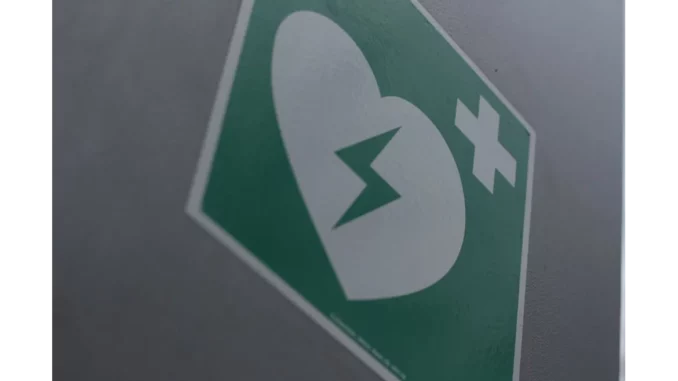
On a brisk autumn morning at Morristown Medical Centre, I had the privilege of engaging in conversation with Dr Sarah Mitchell, a distinguished cardiologist and key collaborator with Dr Philippe Genereux in the Structural Heart Disease Programme. Our discussion centred on the transcatheter aortic valve replacement (TAVR) procedure, a groundbreaking innovation in the treatment of aortic stenosis.
Upon entering Dr Mitchell’s office, adorned with plaques and medical accolades, I was greeted with a warmth and enthusiasm that spoke volumes of her passion for her work. “It’s an exhilarating time to be involved in cardiology,” she remarked, eyes alight with excitement. “The advancements, particularly with TAVR, have fundamentally changed our approach to heart disease treatment.” Dr Mitchell detailed the procedure, explaining that TAVR is a minimally invasive method to replace a narrowed aortic valve, a condition known as aortic stenosis. Traditionally, such cases required open-heart surgery, but TAVR offers a safer alternative for patients considered high-risk for conventional surgical approaches.
Dr Mitchell’s passion was palpable as she described the impact of TAVR on patients’ lives. “We’ve seen patients, who once had limited treatment options, now leading vibrant, active lives after the procedure,” she shared. “The procedure involves threading a catheter through the femoral artery to the heart, positioning a new valve within the existing one. Its beauty lies in the absence of major incisions, significantly reducing recovery time.” Intrigued by patient experiences, I asked her to expound on the outcomes observed among those undergoing TAVR. Dr Mitchell was eager to convey her experiences, noting, “Patients are up and moving within a day or two. The reduced recovery time allows them to resume their daily activities far sooner than they would after traditional surgery.”
Our discussion evolved to include Dr Philippe Genereux, the esteemed medical director of the programme. “Dr Genereux is a visionary,” Dr Mitchell noted with admiration. “His dedication to patient care and innovation has been instrumental in incorporating TAVR into our programme. His research and clinical expertise ensure that we remain at the cutting edge of this field.” This naturally led to a conversation about the collaborative nature of such a pioneering programme. Dr Mitchell emphasised that the success of the initiative is the result of a multidisciplinary approach. “We have a dedicated team of cardiologists, surgeons, anaesthesiologists, and nurses who collaborate at every juncture. This teamwork ensures that each patient receives care tailored to their specific needs.”
While discussing the challenges associated with such advancements, Dr Mitchell acknowledged that although TAVR represents a significant leap forward, it is not devoid of limitations. “Patient selection is paramount,” she stressed. “Not every patient qualifies for TAVR, and we must meticulously evaluate each case to guarantee the most favourable outcomes.” Looking ahead, Dr Mitchell expressed optimism about the future of TAVR. “The technology is continuously evolving. We’re witnessing improvements in valve design and delivery systems, which broaden the potential applications of TAVR. Our aim is to make it accessible to a wider range of patients, including those with intermediate or even low surgical risk.”
Our conversation took a personal turn as Dr Mitchell reflected on the fulfilment she derives from her work. “There’s nothing more rewarding than witnessing a patient reclaim their quality of life,” she mused. “The gratitude they express, the small victories they achieve post-procedure—it reminds us why we do what we do.” I enquired if there was a particular patient story that resonated with her. Dr Mitchell paused, her expression thoughtful. “There was an elderly gentleman who was an avid gardener,” she recounted. “Before TAVR, he struggled to spend even a few minutes in his garden. Post-procedure, he returned to his roses, tending to them with the same vigour he possessed years ago. Stories like his are at the heart of our work.”
As I departed from Morristown Medical Centre, I felt inspired by the dedication and ingenuity driving the Structural Heart Disease Programme. The work of Dr Genereux and his team, as recounted by Dr Mitchell, illuminates a hopeful future for cardiology. Patients can anticipate less invasive treatments and a swifter return to the lives they cherish, underscoring the profound impact of such medical advancements.


Be the first to comment